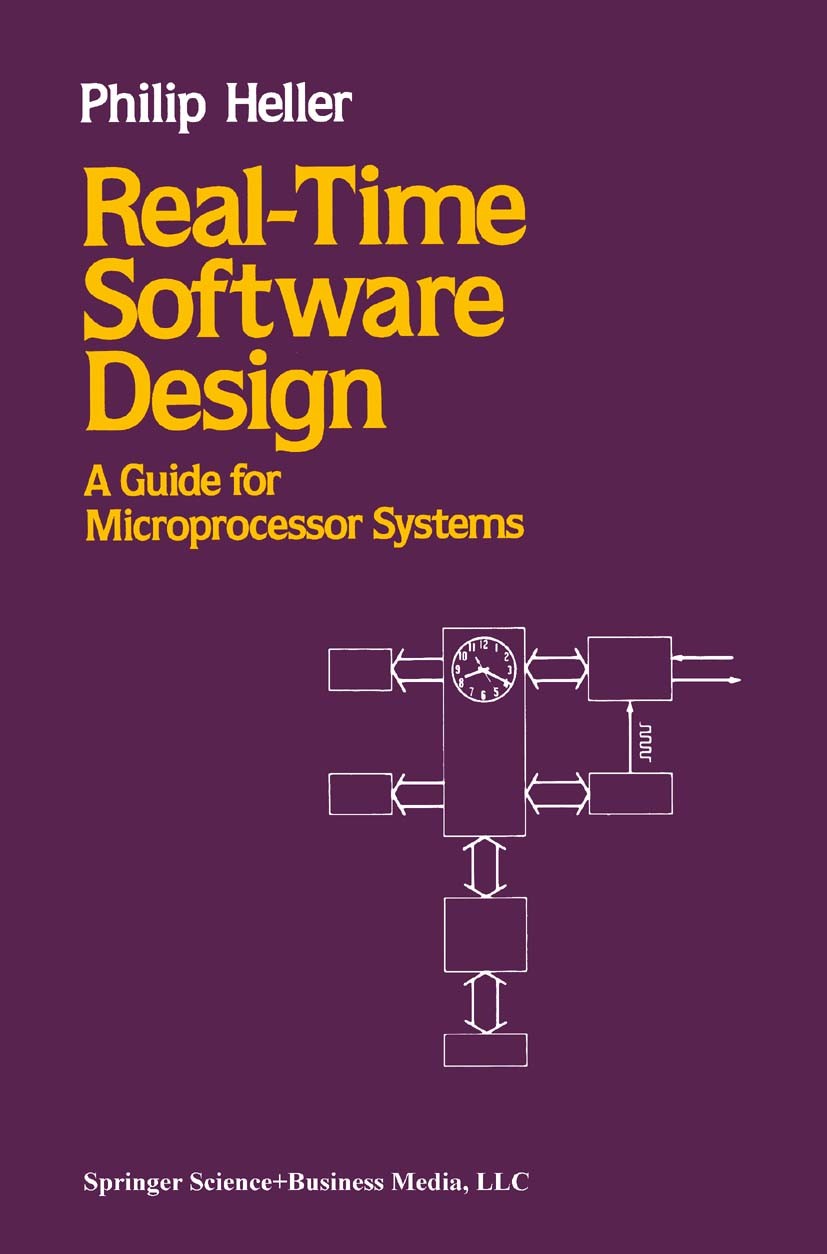| 書目名稱 | Real-Time Software Design | | 副標題 | A Guide for Micropro | | 編輯 | Philip Heller | | 視頻video | http://file.papertrans.cn/823/822288/822288.mp4 | | 圖書封面 |  | | 描述 | Computers these days spend a fairly low fraction of their time computing. In fact, the very word "computer" has become something of a misnomer. In the American History museum of the Smithsonian Institute in Wash- ington, D.C., there is an exhibit of early computers. Three features of these machines are striking. First, they are enormous, especially in com- parison to their capabilities. The museum visitor who has just come from the Natural History building next door may be reminded of fossilized di- nosaur bones. Second, they don‘t look at all like modern computing ma- chines. The cases are made of crude metal or beautifully worked wood, recalling an approach to the design of scientific apparatus which belongs to a previous generation. Lastly, the function of these machines is mainly to compute-to perform rapid arithmetic. The computer of today bears little resemblance in size, form, or function to its ancestors. It is, most obviously, smaller by several orders of mag- nitude. Its form has changed from the carefully crafted one-of-a-kind in- strument to the mass-produced microchip. But the change in its function is perhaps the most dramatic of all. Instead of being a computing engi | | 出版日期 | Book 1987 | | 關鍵詞 | Natural; Processing; arithmetic; boundary element method; design; form; function; history of mathematics; in | | 版次 | 1 | | doi | https://doi.org/10.1007/978-1-4899-0479-9 | | isbn_softcover | 978-1-4899-0481-2 | | isbn_ebook | 978-1-4899-0479-9 | | copyright | Springer Science+Business Media New York 1987 |
The information of publication is updating

|
|
 |Archiver|手機版|小黑屋|
派博傳思國際
( 京公網安備110108008328)
GMT+8, 2025-10-21 20:31
|Archiver|手機版|小黑屋|
派博傳思國際
( 京公網安備110108008328)
GMT+8, 2025-10-21 20:31


